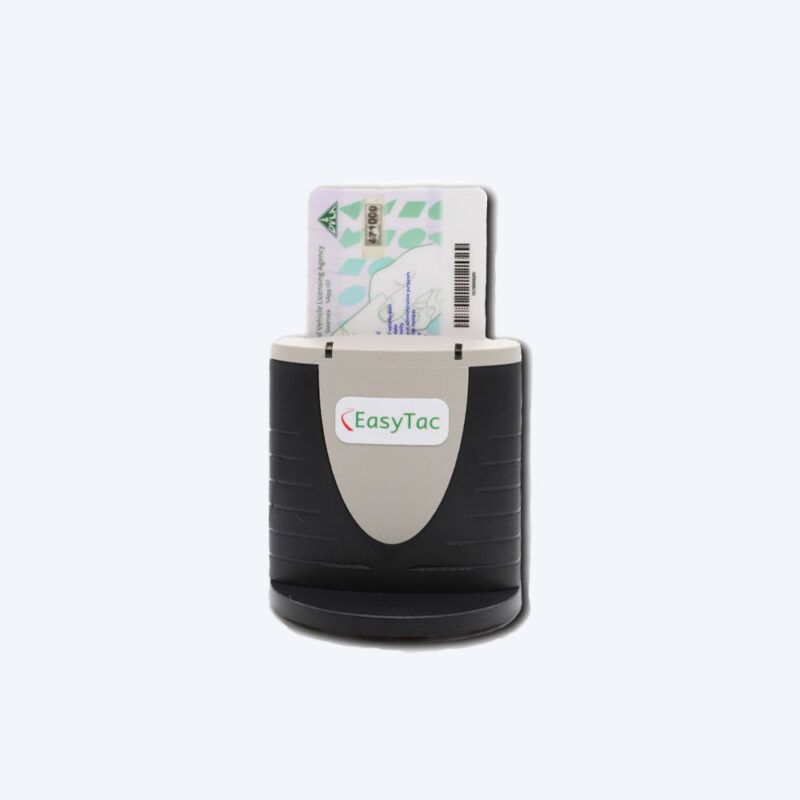Tacho Rules
The rules for managing digital tachograph data are quite straight-forward and easy to comply with. Operators can meet the minimum legal requirements by downloading and keeping their own data, and checking it themselves for infringements.
Tacho Rules – Data downloading
Operators must download data from the vehicle unit at least every 90 calendar days. Operators must download data from driver cards at least every 28 calendar days. Operators must make regular checks using the data to ensure compliance. Operators must be able to provide records to enforcement officers for the past 12 months.
The laws covering drivers’ hours in UK and EU/AETR regions are complicated. Drivers and operators need to be familiar with the specific details of the legislation to ensure their individual work patterns comply. Links to more detailed guidance are provided at the end of this page. The drivers’ hours rules listed here are only an illustration of what might typically be required for goods vehicles in the UK.
Tacho Rules – Breaks
Drivers must not drive for more than 4.5 hours without taking a break, or starting a longer rest period. Breaks totalling at least 45 minutes are required after no more than 4.5 hours of driving. A single 45-minute break can follow a period of no more than 4.5 hours of driving, or the same period of driving can be broken with first a 15-minute break, and then a 30 minute break at the end of the driving period, to make up the required 45-minutes of break.
Tacho Rules – Normal & Extended Driving Hours
Normally drivers must not drive for more than 9 hours in a day. The daily limit may be extended to 10 hours, but no more than twice per calendar week (Mon-Sun). Drivers must not drive more than 90 hours in any two consecutive weeks, and no more than 56 hours in any one calendar week (Mon-Sun).
Tacho Rules – Daily Regular & Reduced Rest Periods
Drivers must take a ‘regular daily rest period’ of at least 11 consecutive hours each day. However a ‘reduced daily rest period’ of 9 continuous hours is permitted on no more than 3 days between weekly rest periods.
The ‘regular daily rest period’ can be split in to two parts, the first part of at least 3 hours of uninterrupted rest, taken at any time during the day, and a second part of at least 9 hours of uninterrupted rest to make up to a total minimum rest of 12 hours.
Tacho Rules – Weekly Rest Periods
Drivers must take a weekly rest period after no more than 144 hours (six 24-hour periods) since the end of their last weekly rest period. In any two consecutive calendar weeks (Mon-Sun) a driver must take at least:
Two ‘regular weekly rest periods’ or one ‘regular weekly rest period’ and one ‘reduced weekly rest period’ (with the reduced weekly rest period being compensated for by more rest later).
A ‘regular weekly rest period’ is a rest of at least 45 continuous hours. A ‘reduced weekly rest period’ is a rest of at least 24 continuous hours, but less than 45 continuous hours.
The difference between a ‘reduced weekly rest period’ taken and the minimum 45 hour ‘regular weekly rest period’ must be compensated for by an equivalent period of rest. The compensation rest must be taken within the 3 weeks following the week in which the compensation requirement arises, and the compensation rest must be taken in one block, and attached (added) to another period of rest of at least 9 hours.
Tacho Rules – Road Transport Regulations
The Road Transport (Working Time) Regulations 2005 must also be considered, the main provisions of which are:
Average of a 48 hour working week overall, with no more than 60 working hours in any one week. Working time must not exceed 10 hours in any 24-hour period involving night time hours working, unless permitted under a collective or workforce agreement. Mobile workers must not work more than 6 consecutive hours without taking a break of, or breaks totalling, at least 30 minutes, and if working hours amount to more than 9 hours, working time should be interrupted by a break or breaks totalling at least 45 minutes. All breaks should be of at least 15 minutes’ duration. Records need to be kept for two years after the period over which average working times are calculated (between 17 weeks and 26 weeks depending on any collective or workforce agreement in place).
Smaller operators, hire firms and construction companies, can manage compliance with these rules by themselves. Using suitable software for downloading and evaluating digital tachograph data, they can avoid the ongoing costs of an externally provided service. That’s a benefit of digital tachographs compared to old analogue ones – once the data is downloaded to a PC, the right tools can make it easy to analyse and check compliance.
Larger operators may also choose to download and store digital tachograph data themselves, even if they outsource the analysis of that data. In this way they can avoid being locked-in to reliance on any single analysis provider.
EasyTac downloader lets operators meet the minimum legal requirements for downloading digital tachograph data, with no on-going charges and free lifetime support.
More guidance
BREXIT: Sign-up for notifications from the UK government on any changes to rules on drivers’ hours: https://www.gov.uk/email-signup/?topic=/transport/drivers-hours
The rules on using the tachograph are contained in Regulation (EU) 165/2014. These rules must be observed by both drivers and operators of vehicles that fall within the scope of Regulation (EC) 561/2006 or the AETR rules.
Drivers’ Hours Overview: https://www.gov.uk/drivers-hours
Goods Vehicles
Staying legal: HGV driver basics: https://assets.publishing.service.gov.uk/government/uploads/system/uploads/attachment_data/file/409716/staying-legal-HGV.pdf
Rules on drivers’ hours and tachographs for vehicles used for the carriage of goods in Great Britain and Europe. (GV262’): https://www.gov.uk/guidance/drivers-hours-goods-vehicles
Passenger Vehicles
Staying legal: PSV driver basics: https://assets.publishing.service.gov.uk/government/uploads/system/uploads/attachment_data/file/409724/staying-legal-PSV.pdf
Rules on drivers’ hours and tachographs for passenger vehicles in Great Britain and Europe. (PSV375): https://www.gov.uk/guidance/drivers-hours-passenger-vehicles
The Road Transport (Working Time) Regulations 2005:
https://www.gov.uk/guidance/drivers-hours-goods-vehicles/annex-2-working-time-rules





